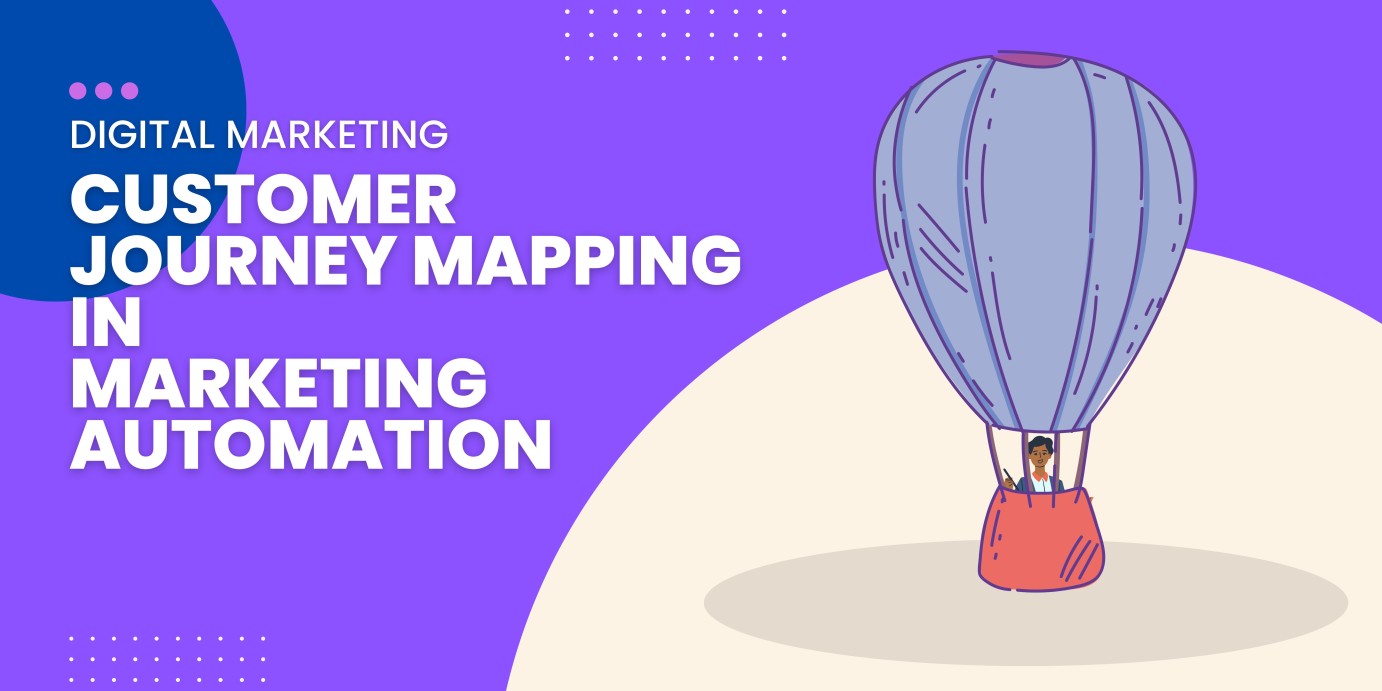Customer journey mapping is a crucial component of successful marketing automation. By understanding your customers' journey and mapping out their interactions with your brand, you can deliver personalized experiences that drive engagement, conversions, and customer loyalty. In this article, we will explore the importance of customer journey mapping in marketing automation and provide insights on how to create effective customer journey maps to optimize your marketing campaigns.
1. Understanding the Customer Journey
The customer journey refers to the process a customer goes through when interacting with your brand, from the initial awareness stage to becoming a loyal customer. To effectively map the customer journey, it's essential to understand the different touchpoints and interactions customers have with your brand across various channels and devices. Analyze data from your marketing automation tools, customer feedback, and analytics to gain insights into the customer journey and identify key stages and pain points.
2. Creating Effective Customer Journey Maps
A customer journey map visually represents the customer's experience with your brand. It helps identify gaps and opportunities for improvement throughout the journey. When creating a customer journey map, consider the following steps:
- Define Personas: Identify and define your target customer personas to understand their motivations, goals, and pain points.
- Map Customer Touchpoints: Identify the different touchpoints where customers interact with your brand, including website visits, email communications, social media interactions, and more.
- Analyze Customer Emotions and Needs: Understand the emotions and needs customers have at each touchpoint and stage of their journey. This will help you deliver personalized experiences that resonate with them.
- Identify Pain Points: Identify any challenges or obstacles customers may face during their journey. Addressing these pain points can significantly improve the customer experience.
- Optimize the Journey: Use the insights gained from the customer journey map to optimize your marketing campaigns, messaging, and automation workflows. Tailor your communications to meet customers' specific needs at each stage of the journey.
3. Leveraging Marketing Automation for Personalization
Marketing automation plays a vital role in delivering personalized experiences at scale. By integrating your customer journey maps with marketing automation tools, you can automate the delivery of relevant and timely content to your customers. Leverage automation features such as personalized email workflows, dynamic content, and behavior-based triggers to deliver the right message to the right customer at the right time. Personalization based on the customer journey enhances engagement, increases conversions, and builds stronger customer relationships.
4. Continuous Optimization and Measurement
Customer journey mapping is an ongoing process. Continuously monitor and measure the effectiveness of your marketing campaigns and customer journey maps. Analyze metrics such as conversion rates, click-through rates, engagement levels, and customer feedback to identify areas for improvement. Use A/B testing and data-driven insights to refine your customer journey maps and optimize your marketing automation workflows for better results.
Conclusion
Customer journey mapping in marketing automation is essential for delivering personalized experiences, driving customer engagement, and increasing conversions. By understanding your customers' journey, creating effective customer journey maps, leveraging marketing automation tools, and continuously optimizing your campaigns, you can enhance the customer experience, build stronger relationships, and achieve marketing success. Incorporate these strategies into your marketing efforts to unlock the full potential of customer journey mapping in marketing automation.

